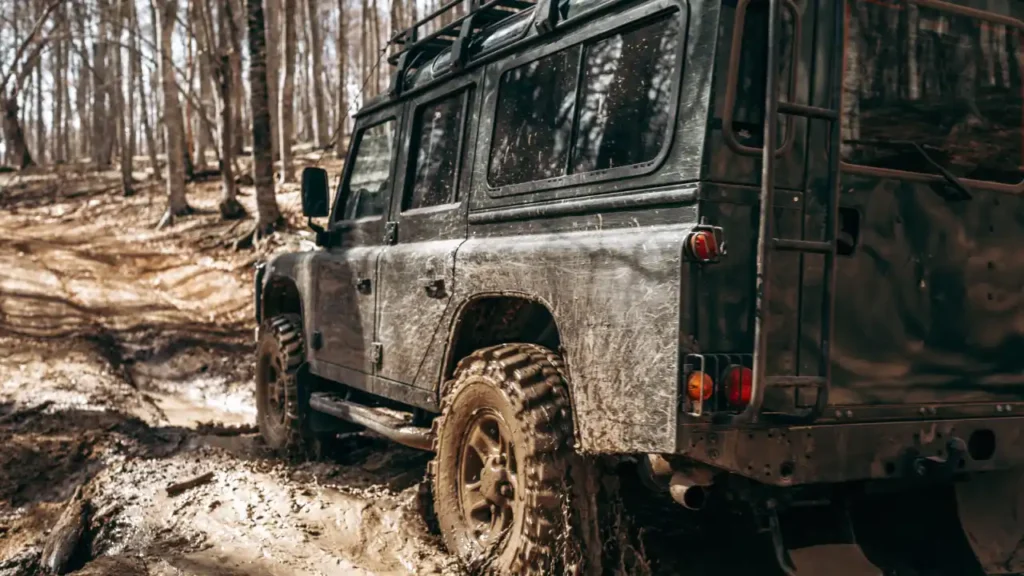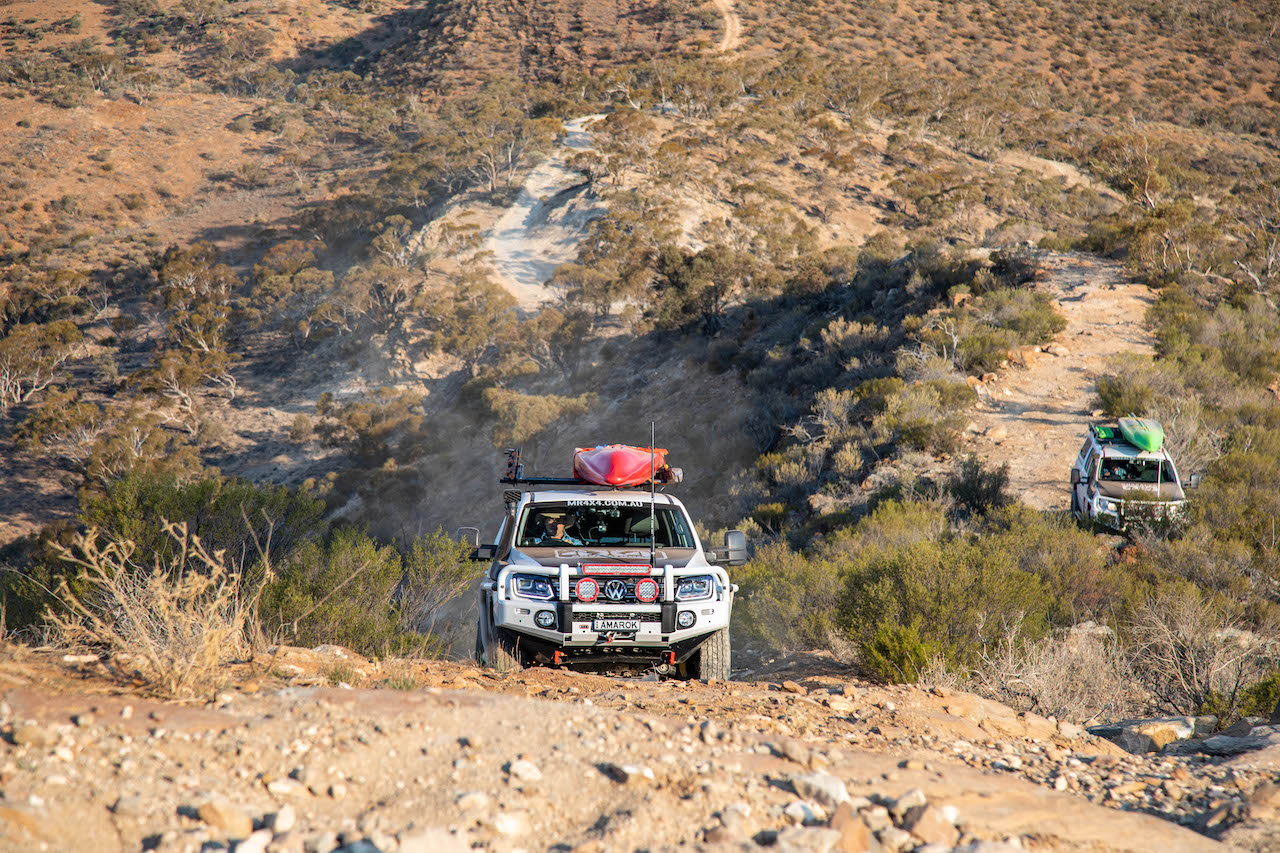
Free monthly entries to ALL giveaways
+1 every month
+5 every month
+10 every month
5%
125
150
350
100
100
50
Cancel membership anytime
Terms apply
apply

Written by
Admin
Published
August 20, 2024
Embarking on off-road adventures in the vast and unpredictable landscapes of Australia can offer exhilarating experiences for the passionate 4WD enthusiast. However, the very unpredictability that makes such expeditions exciting also necessitates thorough preparation. Statistics consistently reflect that the majority of off-road misadventures are attributable to a lack of essential supplies and emergency gear. To ensure that your trip doesn’t become a statistic, it’s crucial to pack an emergency kit fit for the unique challenges that the Australian terrain presents.
Survival Kit: No matter the season or terrain, a basic survival kit is non-negotiable. This should include a first-aid kit, a signal mirror, a sturdy knife, a whistle for attracting attention, waterproof fire starters, an emergency blanket or bivvy, water purification tablets, and a high-caliber LED flashlightheadlamp with extra batteries. Given Australia’s weather extremes, from sudden downpours in the wet tropics to the dry heat of the Outback, having an ample supply of water, at least 3 to 4 liters per person per day, is essential.
Recovery Gear: A vehicle recovery kit is crucial for when you find yourself stuck in sand, mud or challenging terrain. Items should include a high-quality snatch strap, a couple of Rated D-shackles, a long-handle shovel, heavy-duty gloves, and if possible, a winch. As per recent market analysis, the demand for portable traction devices, such as maxtrax, has surged, indicating their rising popularity amongst 4WD adventurers seeking self-recovery capability.
Communication Tools: Often, off-roading leads you to remote areas where mobile phone reception is non-existent. Thus, investing in a satellite phone or a UHF radio can be lifesaving. These tools allow you to stay in contact with the outside world and call for help, should you need to. Historically, the use of HF radios provided the backbone of outback communication; however, the trend has shifted towards satellite and GPS technology for their wider coverage and reliability.
Navigation Aids: A GPS unit with up-to-date mapping of the Australian backcountry is indispensable. According to recent user data trends, the integration of off-road navigation apps has also become increasingly commondue to their ease of use and real-time updates. However, never solely rely on technology; carry detailed paper maps of the area you are exploring as a backup.
Basic Spare Parts and Tools: Always carry a set of essential spare parts that includes, but is not limited to, spare tire(s), jack and tire iron, extra belts, hoses, and fuses. Off-road enthusiasts should also pack a toolkit that has diverse wrenches, sockets, screwdrivers, and a hammer. Based on the harsh conditions of Australian tracks, it’s wise to regularly assess your gear for any sign of wear and tear, and replace it as necessary.
Checklists: Historical data suggests that lapses in checking off-road vehicle readiness are a common cause of preventable mishaps. Create and adhere to a pre-departure checklist that includes vehicle inspections, gear functionality tests, and itinerary planning.
In conclusion, an Australian off-road adventure is only as successful as the preparation that goes into ensuring safety and readiness for unforeseen circumstances. Equip yourself with essential gear, stay informed, and practice responsible adventuring to make the most out of Australia’s unique and diverse off-road experience. Stay safe, and push the boundaries of your 4WD adventure!